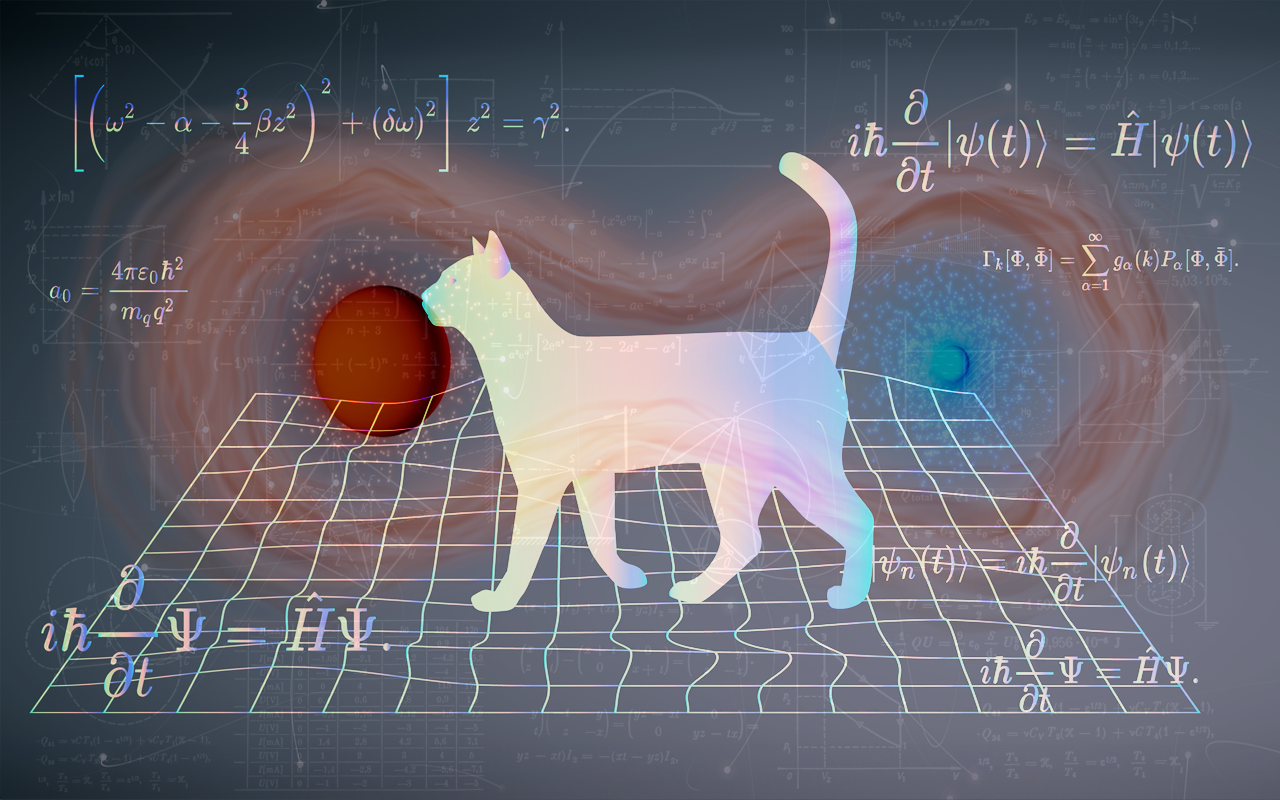stc
Introduction to basic concepts and principles of Quantum Mechanics
3rd grade of Lyceum

Required, call 210 9469641, from Monday to Friday 9:30-16:30
60 minutes
The dates and times shown are indicative and can be altered upon request in advance. Any science experiment demonstration can be arranged to take place between Monday and Friday from 09:00 to 15:00.
120 students
3rd grade of Lyceum
Introduction to basic concepts and principles of Quantum Mechanics
What is light, wave or particle? Is electron a tiny solid ball rotating around the nucleus? How can solid objects exhibit wavelike behavior? How do two mutually exclusive concepts, like wave and particle, reconcile? What is an electron after all? How did a hot glowing metal lead to the birth of Quantum Mechanics? How did Einstein show that light has a particle nature? What is electron spin? What does the double slit experiment tell us about the nature of the very act of observation? What are entangled particles? What are applications of Quantum Mechanics in everyday life?
The purpose of these physics demonstrations is to introduce students to the key concepts of Quantum Mechanics. The core of the science show is to demonstrate how the inability to explain every day phenomena led to the birth of new Physics, i.e. Quantum Mechanics. Finally, the experiments highlight the probabilistic nature of reality, which is in contrast to the classical and deterministic view of classical Mechanics.
Topics Covered
- What is light? Newton’s corpuscular theory vs Huygen’s and Young’s wave theory
- Grimaldi and diffraction of light
- Young’s double slit experiment: constructive and distractive interference
- Poisson’s (or Arago’s) bright spot
- Planck and black body radiation
- Einstein and photoelectric effects
- Atomic structure and electrons as standing waves: De Broglie’s mater waves
- Double slit experiment using electrons
- Absorption and emission line spectra
- Laser
- Applications and interpretations of QM
Learning Objectives
- Familiarize with key concepts of QM
- Recognize quantum effects in everyday technology
- Familiarize with the probabilistic nature of reality
- Recognize how the inability to explain phenomena using classical physics led to the birth of new physics
- Demonstration of complex concepts in a simple, interesting and fun way
- Connection to everyday life
- Experiential learning
stc


